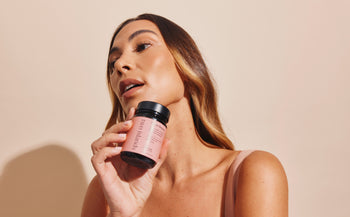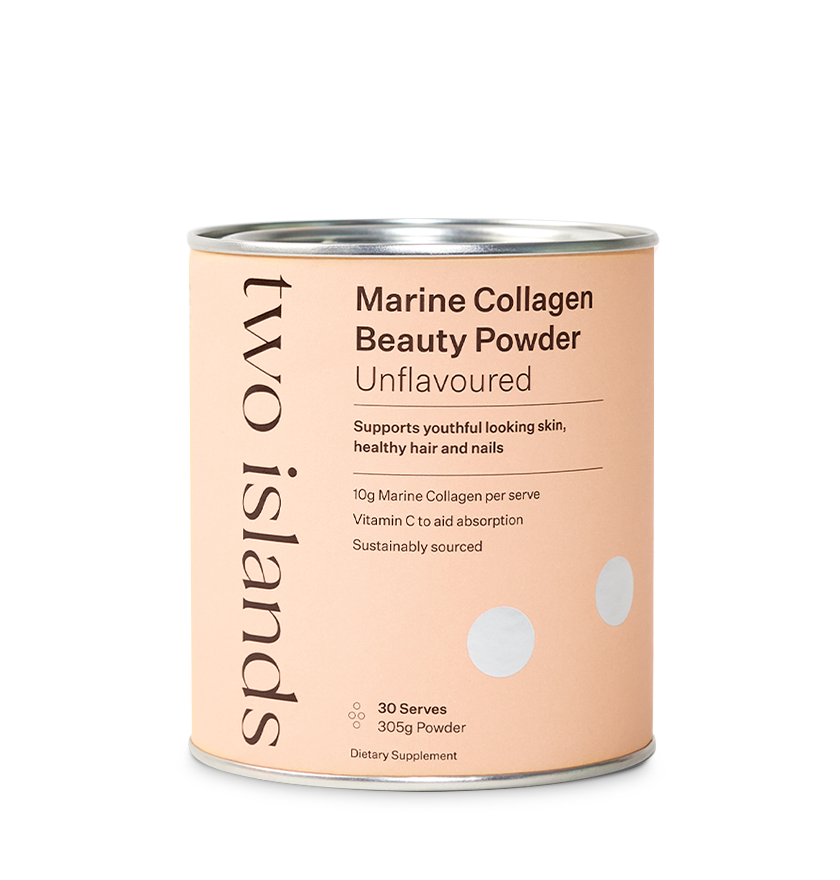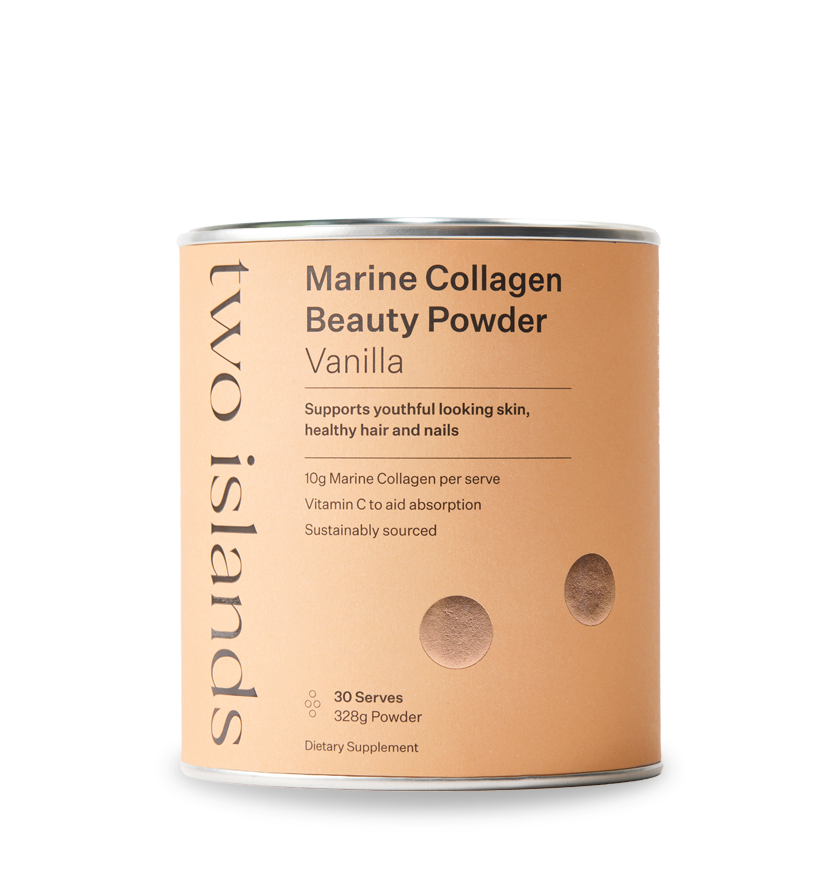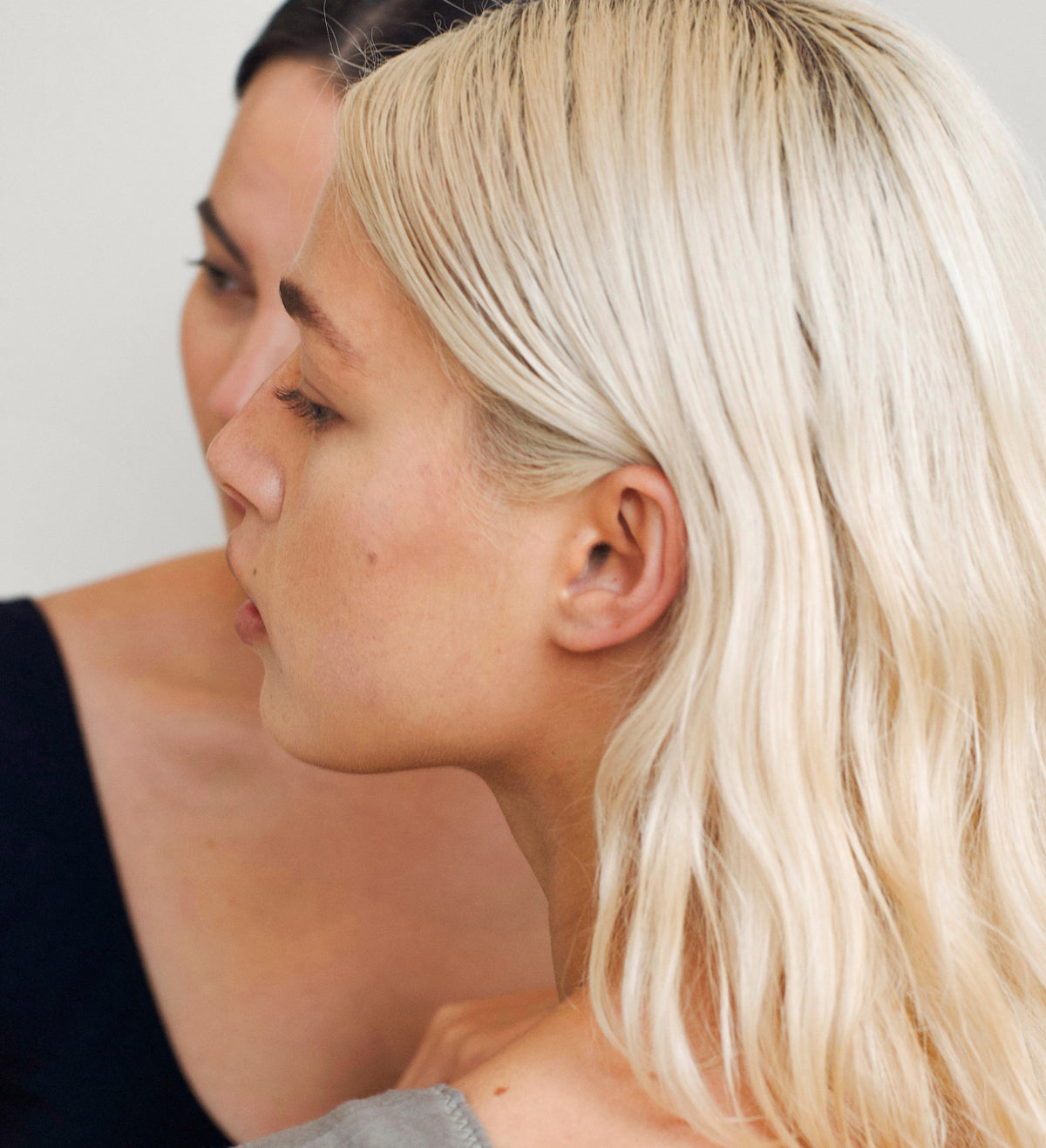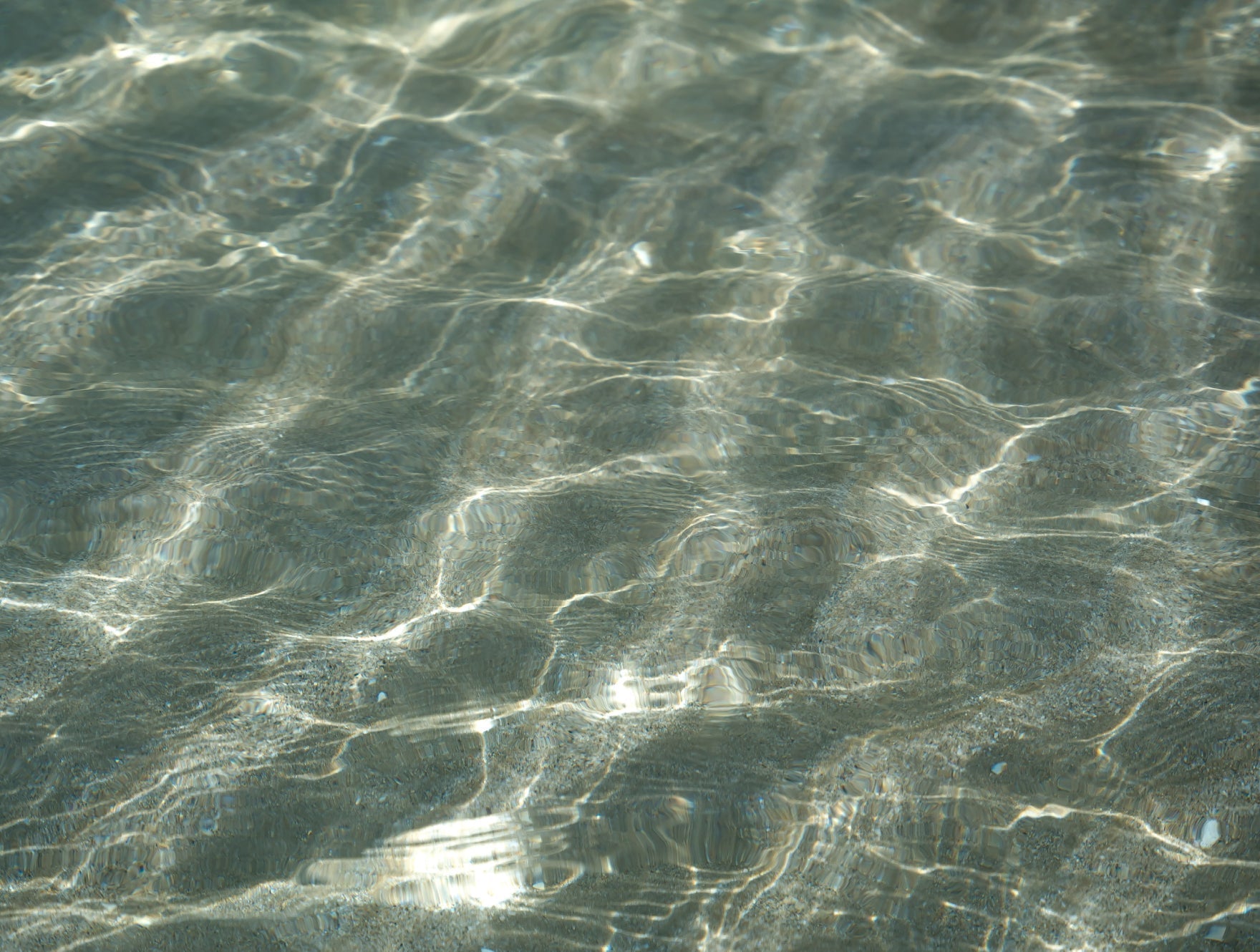
What Is MSC and What Does Sustainable Fishing Actually Mean?
06.10.2021At Two Islands, every batch of our marine collagen is MSC certified. You may have seen the logo on some marine products and wondered what MSC means, so we’re here to answer the frequently asked questions.
What does MSC mean?
MSC stands for Marine Stewardship Council. They are an international non-profit organisation. They recognise and reward efforts to protect oceans and safeguard seafood supplies for the future. The MSC approach means everyone can play a part in protecting the future of our oceans and fish stocks, while enjoying seafood, not avoiding it.
They have a ‘theory of change’ which is a virtuous circle, helping to protect the productivity and health of our oceans – it has six stages:
- Fisheries that meet the MSC standard are independently certified as sustainable.
- Retailers and restaurants choose MSC certified sustainable seafood.
- A traceable supply chain assures consumers that only seafood from an MSC certified fishery is sold with the blue MSC label.
- Consumers purchase seafood with the blue MSC label.
- Market demand for MSC certified seafood increases.
- More fisheries choose to improve their practices and volunteer to be assessed to the MSC Standard.

What does MSC certification mean?
MSC certification is only applied to wild fish or seafood from fisheries that have been certified to the MSC Fisheries Standard, a set of requirements for sustainable fishing.
Fish and seafood with this certification come from a fishery that has been independently assessed on its impacts to wild fish populations and the ecosystems they're part of.
All along the supply chain, MSC certified products are separated from non-certified. They are clearly labelled so they can always be traced to a certified sustainable source.
Why do we need MSC certification?
Overfishing is a grave threat to our oceans and the reason the MSC certification exists. More than a third of fish stocks are estimated to be fished at unsustainable levels.
Overfishing is driven by several factors that will worsen the status of our oceans unless we do something about them.
Seafood is already among the most widely traded food commodities in the world and the demand for seafood is rising as the global population grows.
What is sustainable seafood?
Sustainable seafood comes from fisheries that catch fish in ways that ensure the long-term health of a stock or species and the wellbeing of the ocean.
Requirements for sustainability are set out in the MSC Fisheries Standard. There are more than 400 wild-capture fisheries around the world certified to this standard. To become certified, these fisheries must comply with requirements across three principles:
- only fishing healthy stocks,
- being well-managed so stocks can be fished for the long-term, and
- minimising their impact on other species and the wider ecosystem.
Source: MSC
Are MSC certified fisheries really sustainable though?
If anyone saw the recent Seaspiracy documentary, you will probably have some serious questions about the true sustainability of fisheries.
The documentary made out that all commercial fishing was bad and there is no such thing as sustainable fishing.
That’s simply not true.
Commercial fishing can be done sustainably and is being done sustainably in many parts of the world, including New Zealand.
As you may be aware, Two Islands is part owned by seafood company Sanford. Sanford’s vision is to be the best seafood company in the world through the sustainable growth of their business, and they embrace the contribution they will make towards achieving the United Nations Sustainable Development Goals (UN SDGs). Read more about Sanford’s commitment to sustainability.
Busting the Seaspiracy myths
Seaspiracy claim #1
Bycatch is a huge issue in the fishing industry with 40% of global fishing catch unused, wasted or not accounted for.
New Zealand response #1
Bycatch can mean two things (depending on who is describing it). Either fish you caught when you meant to catch something else or unintentionally catching marine mammals or seabirds.
Whichever you mean, both are minimised in the New Zealand fishing industry.
Non-target species fish will still be sold. That’s why you see such a variety in fish shops. If they can’t be sold, they are still put to good use in fishmeal and they are all accounted for and all count towards a fishing company’s quota (if they are quota species, which most are).
At Sanford, unintended catch such as marine mammals and birds are strenuously avoided. All commercial fishing vessels in New Zealand are required to use bird deterrents and to completely avoid areas where certain vulnerable species are found (think Maui dolphin).
Sanford goes further, they choose to fish farther from shore than required by regulations and they spend a lot of time and money making sure their people understand the regulations and are following the rules. Yes, mistakes do happen, but very rarely. For example, they have never hurt a Maui dolphin.
Sanford also practice radical transparency – they publish the number of seabirds and marine mammals that are harmed by them every year. Their aim is to keep lowering this number every single year. In 2020 for example, they accidentally caught a total of 36 marine mammals across all their fleet. A massive contrast to the kinds of numbers in the film.
Seaspiracy claim #2
Sustainable fish certifications may not be all they seem.
New Zealand response #2
The film says that dolphin safe labels aren’t worth very much. New Zealand fishers know that on the contrary, getting certified by the Marine Stewardship Council is a tough, expensive and onerous process. Their audits are science based and yes, fisheries have to pay for them with no guarantee they will pass. MSC has published its own response to the documentary here. It’s also worth noting that the MSC certification process is an open one and all stakeholders can involve themselves from the start right through to any objection process at the end.
It’s important to remember that most deep water New Zealand fishing vessels have government observers on them and, unlike the implications in the documentary about other parts of the world, they are not corrupt – they are very strict. Also, several of Sanford’s vessels already have cameras which they have welcomed. The New Zealand Government is right now rolling out a camera programme across the kiwi fishing industry.
Seaspiracy claim #3
Fish farms aren’t necessarily any better. Farmed fish are fed wild caught fish and millions of salmon die from sea lice and disease.
New Zealand response #3
New Zealand salmon farms do not have sea lice. Sanford’s salmon farming operations are disease free.
In New Zealand we operate a massively transparent aquaculture regime. Permitting, monitoring and review are open and consultative processes with the information publicly available.
Sanford has been recognised for its best practice aquaculture by the Monterey Bay Aquarium. Their fish are very well cared for and yes, they eat high quality fish food which includes fishmeal, because that is what salmon would naturally eat and they are aiming to keep their diets as natural and healthy as possible. It also means Sanford reduce waste across every aspect of their business and are making a contribution to a circular economy.
Seaspiracy claim #4
Nets are a huge source of plastic pollution.
New Zealand response #4
Nets can be a source of plastic pollution as can the ropes used in mussel farming. That’s why at Sanford they go the extra mile to go back and pick up any nets they lose, and they don’t lose them very often – they are expensive! Their fishing nets often have valuable electronic equipment attached to them. They can cost up to quarter of a million dollars to replace. This is not something they would want to lose or throw away.
In their aquaculture operations they make a habit of visiting local beaches to pick up marine industry waste. Sanford do hundreds of these clean ups every year in Marlborough – it’s something their crews do out of habit and pride.
Seaspiracy claim #5
Reducing our fish consumption is the only way forward.
New Zealand response #5
This is simply not true. In fact, in order to reduce our greenhouse gas emissions from food production, we in the West need to reduce red meat consumption and switch to seafood and plant based alternatives. This doesn’t mean no red meat, it means being guided by the UN’s FAO and other reputable science-based thinking about where you source your protein from and how you balance your diet, to make sure you’re doing the best for you and for the planet.
In New Zealand, we have proved that you can fish sustainably by adhering to a strict quota management system and adjusting your catches based on science and constant monitoring, to make sure fish stocks are healthy. If those stocks come under pressure, the New Zealand industry has a good history of easing back (as they have done in the past with orange roughy and hoki) to let stocks recover.
In New Zealand fishing, review of stock assessments and other science to support regulatory decision making or policy changes is a process open to all stakeholders. The Oceans and Fisheries’ Minister’s rationale for decision making is publicly disclosed. His or her decisions can be legally challenged and previous decisions have been successfully challenged by recreational and commercial fishers.
MSC sustainable fishing summary
There’s a lot of information to take in, however we think it’s super important that our customers understand our commitment to sustainability. The MSC is doing fantastic work both here in New Zealand and overseas to ensure the long term health of our oceans and we are pleased to be doing our bit.
Here is a summary of the requirements for fisheries and products to achieve MSC certification:
- To be sold as MSC certified, seafood must come from a fishery certified to the MSC fisheries standard. This standard was developed in consultation with a wide range of experts including scientists, the fishing industry and conservation groups.
- It is reviewed every five years to ensure that it continues to reflect international best practice in fisheries management and science.
Certification requires fisheries to ensure that:
- Fish stocks are sustainable – there are enough fish left in the sea to reproduce.
- Environmental impacts are minimised - fishing operations must be carefully managed to maintain the structure, productivity, function, and diversity of the marine ecosystem.
- Effective management - the fishery must comply with relevant laws and have a management system that allows it to respond quickly to changes in the status quo.
- Seafood with MSC certification can be traced along the supply chain back to a sustainable source.
Keeping our oceans healthy
At Two Islands, we are committed to keeping our oceans healthy. That’s why we made the switch to a new, MSC certified marine collagen source with the launch of our latest Collagen Beauty Powder flavour, Mango.
We’re proud of our commitment to a more sustainable world. We recently partnered with TerraCycle to offer our New Zealand customers the ability to recycle the entirety of our packaging. Learn more about Two Islands Packaging Principles and our partnership with TerraCycle.
